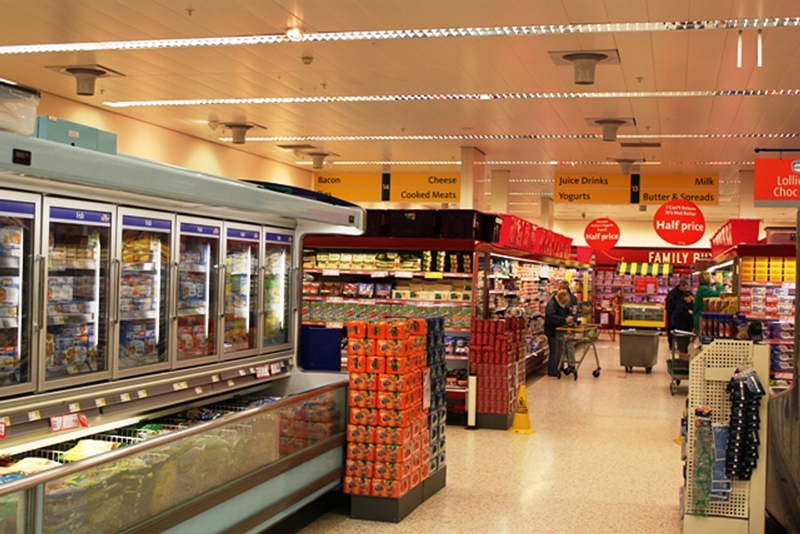
According to a report by Lloyds Bank, food manufacturers in the UK experienced a decline in production costs for the first time since 2016. This decrease was driven by lower commodity and
energy prices, as well as reduced shipping costs, which offset the rise in wage bills.
While manufacturers' wage costs increased at a rate more than twice the average, the United Nations' food price index indicated that commodity prices were 21% lower compared to the previous year.
However, the report suggests that it will still take some time before consumers see the impact of these cost reductions reflected in lower shelf prices. This delay is attributed to long-term contracts between manufacturers and retailers, as well as the complexity of the production chain.
In recent months, food price inflation in the UK reached its highest level since 1977, with a slight easing in May after peaking in April. Major supermarket chains like Tesco have stated that they are cutting prices on certain food items and freezing prices on others.
Bank of England Governor Andrew Bailey acknowledged that food prices have been slower to decrease than anticipated by manufacturers, contributing to higher-than-expected overall inflation, which stood at nearly 9% in April.
The Lloyds Bank report analyzed data from the S&P Purchasing Managers' Index, encompassing approximately 1,300 companies. Photo by Whittle100, Wikimedia commons.




































